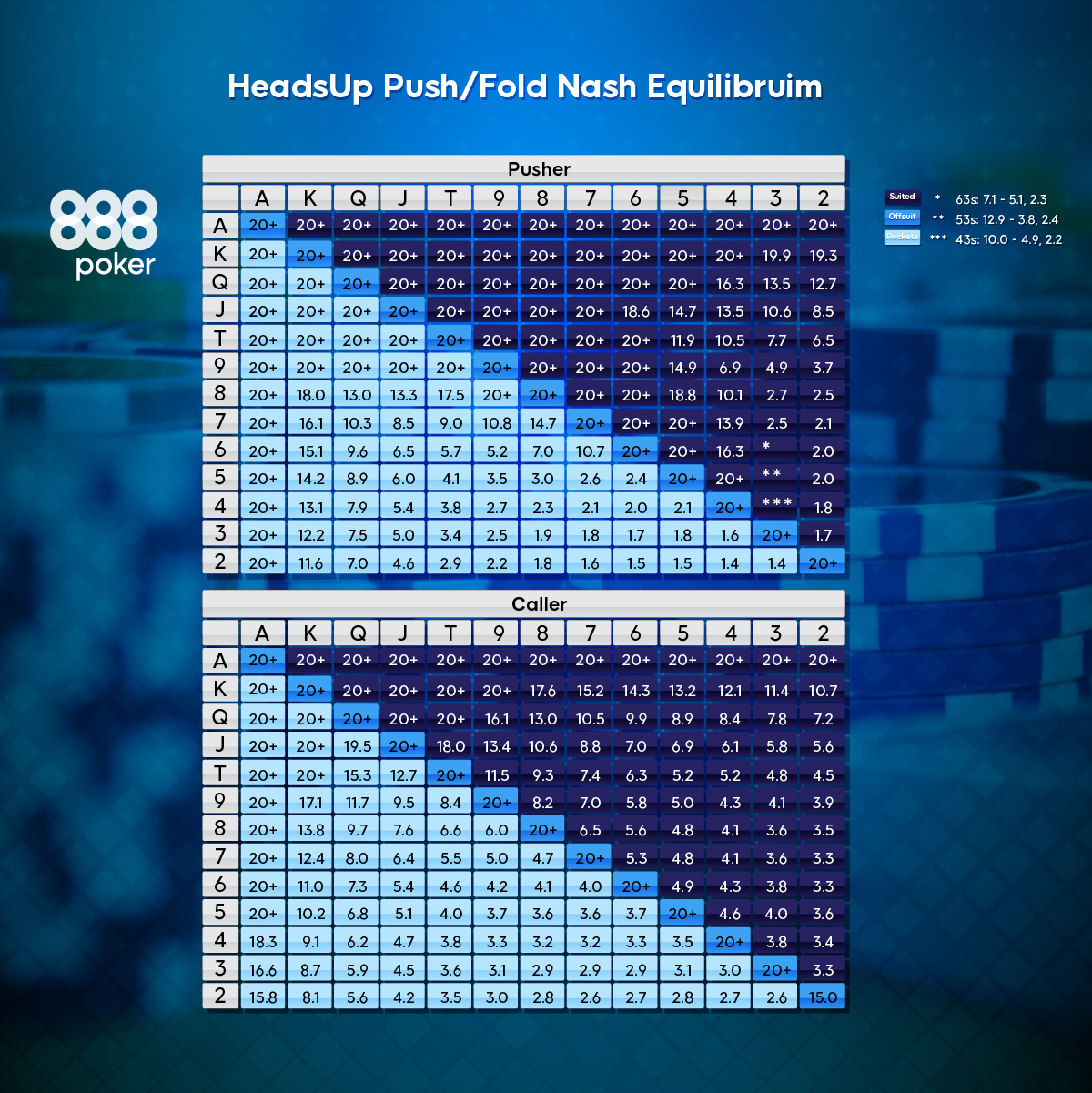

Ultimate Texas Hold'em - Wikipedia
Texas Hold'em Poker probabilities. When calculating probabilities for a card game such as Texas Hold'em, there are two basic approaches. The first approach is to determine the number of outcomes that satisfy the condition being evaluated and divide this by the total number of possible outcomes. Often a player will bet to manipulate the pot odds offered to other players. A common example of manipulating pot odds is to make a bet to protect a made hand that discourages opponents from chasing a drawing hand. No-limit Texas hold 'em example. With one card to come, Bob has a made hand, but the board shows a potential flush draw. Texas Holdem is a game of skill, and every new player needs a couple of good strategies up their sleeve! We'll take you through some of the most effective Texas Holdem strategies around, providing you with everything you need to know for a high-quality pre-flop and post-flop poker strategy. Suited Cards Odds In Texas Hold'em Seeing two suited cards will tempt you to play 9-4, but the odds Are 2.5%, which isn't great.
Playing poker is about playing the odds. The following list gives the odds for outcomes in Texas Hold'em hands. When you realize how heavily the odds are stacked against you, you may want to rethink going all-in before the flop with two suited cards. Use the odds to your advantage:
Texas Hold'em Odds Calculator - Card Player

Ultimate Texas Hold'em - Wikipedia
Texas Hold'em Poker probabilities. When calculating probabilities for a card game such as Texas Hold'em, there are two basic approaches. The first approach is to determine the number of outcomes that satisfy the condition being evaluated and divide this by the total number of possible outcomes. Often a player will bet to manipulate the pot odds offered to other players. A common example of manipulating pot odds is to make a bet to protect a made hand that discourages opponents from chasing a drawing hand. No-limit Texas hold 'em example. With one card to come, Bob has a made hand, but the board shows a potential flush draw. Texas Holdem is a game of skill, and every new player needs a couple of good strategies up their sleeve! We'll take you through some of the most effective Texas Holdem strategies around, providing you with everything you need to know for a high-quality pre-flop and post-flop poker strategy. Suited Cards Odds In Texas Hold'em Seeing two suited cards will tempt you to play 9-4, but the odds Are 2.5%, which isn't great.
Playing poker is about playing the odds. The following list gives the odds for outcomes in Texas Hold'em hands. When you realize how heavily the odds are stacked against you, you may want to rethink going all-in before the flop with two suited cards. Use the odds to your advantage:
Texas Hold'em Odds Calculator - Card Player
See All Results For This Question
1 percent (1-in-100): Percentage of time that no player holds an Ace or a King at a table in a 10-handed game
1 percent (1-in-100): Percentage of time that if you hold two suited cards, you'll flop a flush
6 percent (about 1-in-20): Percentage of time that five community cards will give pocket suited cards a flush
6 percent (about 1-in-20): Percentage of time that you'll be dealt a pocket pair
8 percent (about 1-in-12): Percentage of time that you'll hit at least trips after having a pair on the flop
12 percent (about 1-in-8): Percentage of time that you'll flop trips if holding a pocket pair
12 percent (about 1-in-8): Percentage of time that two more cards will flop in the same suit as a suited pocket pair
19 percent (about 1-in-5): Percentage of time that the five community cards will at least trip your pocket pair
32 percent (about 1-in-3): Percentage of time that you'll pair one of your cards on the flop (with no pocket pair)
33 percent (about 1-in-3): Percentage of time that you'll make a full house or better after having trips on the flop
35 percent (about 1-in-3): Percentage of time that you'll make a flush on the turn or river if you have four cards to a flush after the flop
